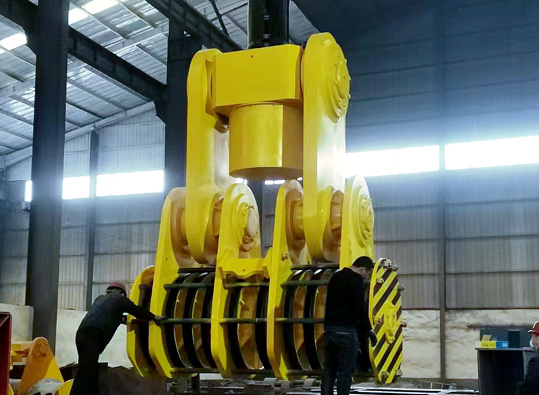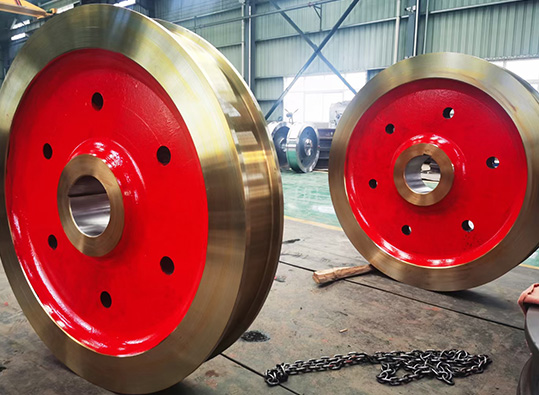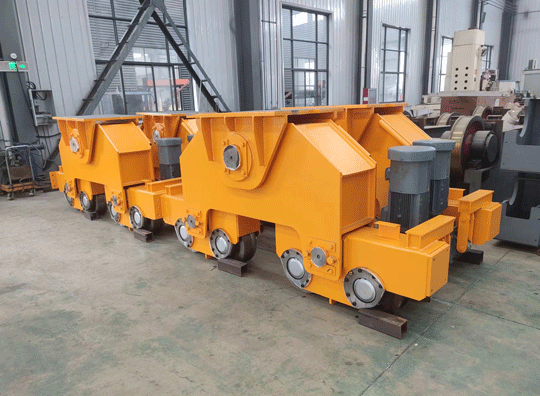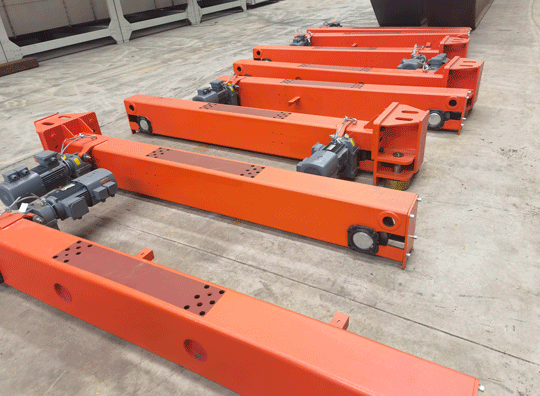The Safe Use of Crane Hooks
Crane hooks are the most widely used device in various lifting equipment, which plays a vital role in the crane operation. The hooks are combined with the sliding wheel of the pulley set to form a hook group, and then linked to the deflection component of the rising structure.
Depending on the shape, the hook is divided into single hooks and double hooks. The main hooks of large and medium-sized bridge cranes are generally used in double hooks, and others are mostly single hooks.
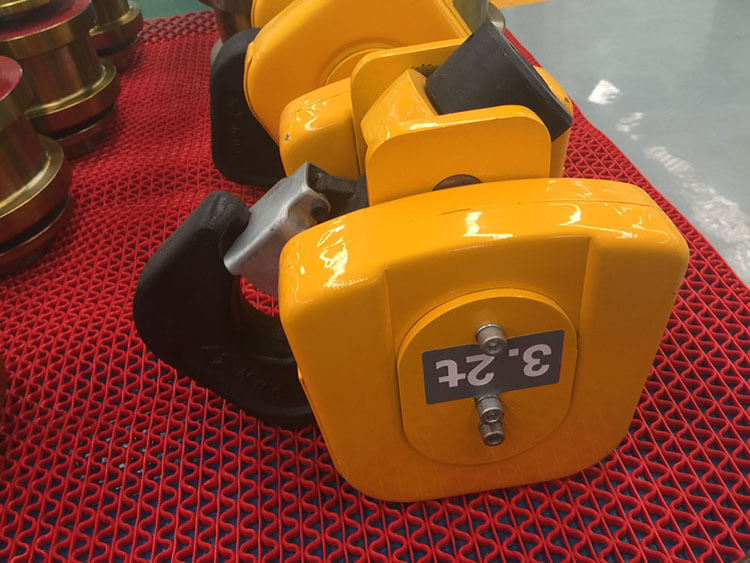
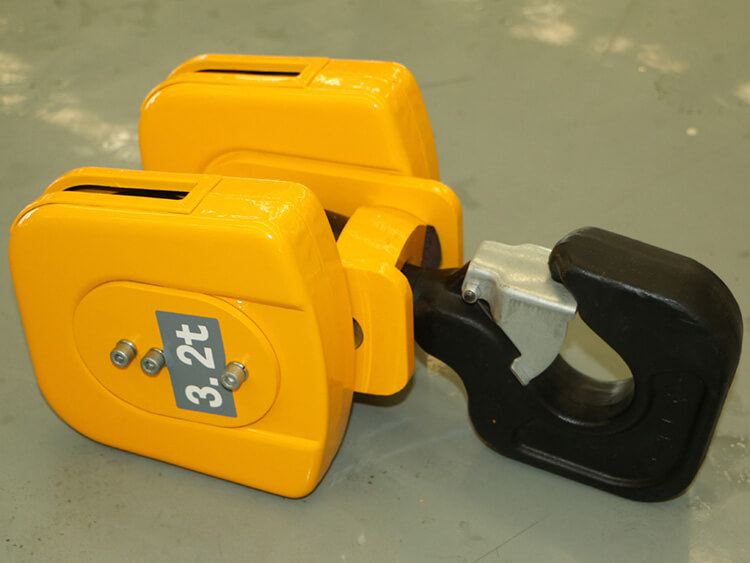
The adjustment and repair of bridge crane hooks mainly involve three sections.
The first section is the A-A section. On the one hand, it is affected by the role of hanging cabled, and the hook has a trend of being straightened; on the other hand, it is also affected by the bending moment. Because the curved moment that acts on this section is the largest, and its bending stress is the most. Therefore, this section is a dangerous section.
The second section is called the B-B section. Under the action of hanging cablellali, there is also a danger of being straightened, so this is the second dangerous section;
The third section is called the C-C section. The section is above the hook. It is the thinnest part of the entire pillar. It has a trend of being pulled. It is the third hazard section.
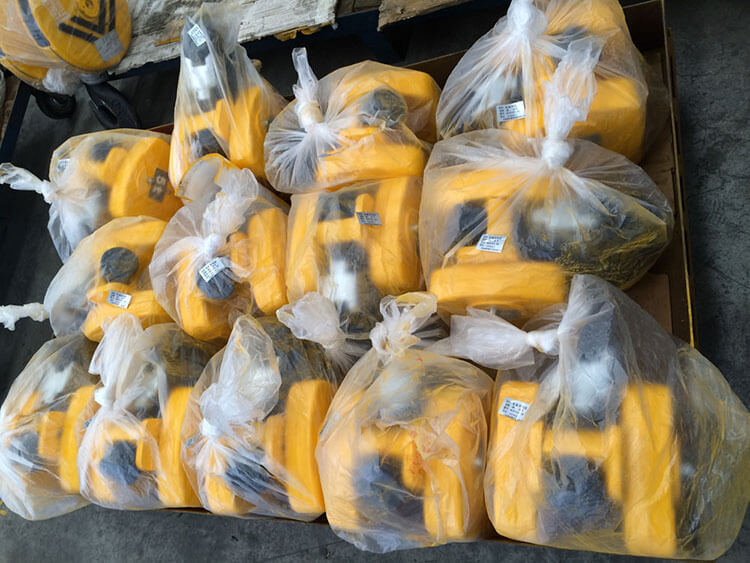
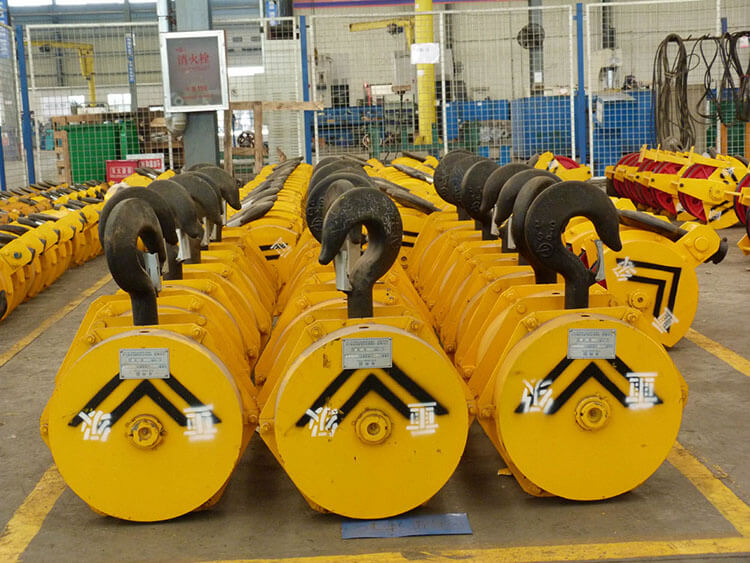
Ensuring hooks can run safely and stably, the following aspects are worth noting.
- The hook should be manufactured by professional manufacturers in accordance with the technical conditions and safety specifications of the hook. The product should have the corresponding quality qualification certificate.
- Load test shall be carried out for new hook, and the measured opening of hook mouth shall not exceed 0.25% of the original opening.
- During the use process, the hook shall be frequently checked for the following phenomena: cracks, severe deformation, corrosion and wear.
- The hook shall be tested once a year. During the test, the static test shall be carried out for 10 minutes with 1.25 times of the allowable working load. After that, use a magnifying glass or other methods to check that there should be no cracks or deformation.
- Three dangerous sections apply kerosene cleaning, and use a magnifying glass to see if there are cracks.
- The defects on the hook shall not be welded.
- The hook shall set up a closed lock device to prevent accidental decircation.
Hot Products
Contact us
- Phone: 0086-37155576206
- Mobile:0086-18237120067
- E-mail:[email protected]
- Adress: Industrial park, Changyuan, Xinxiang City, Henan Province, China.


